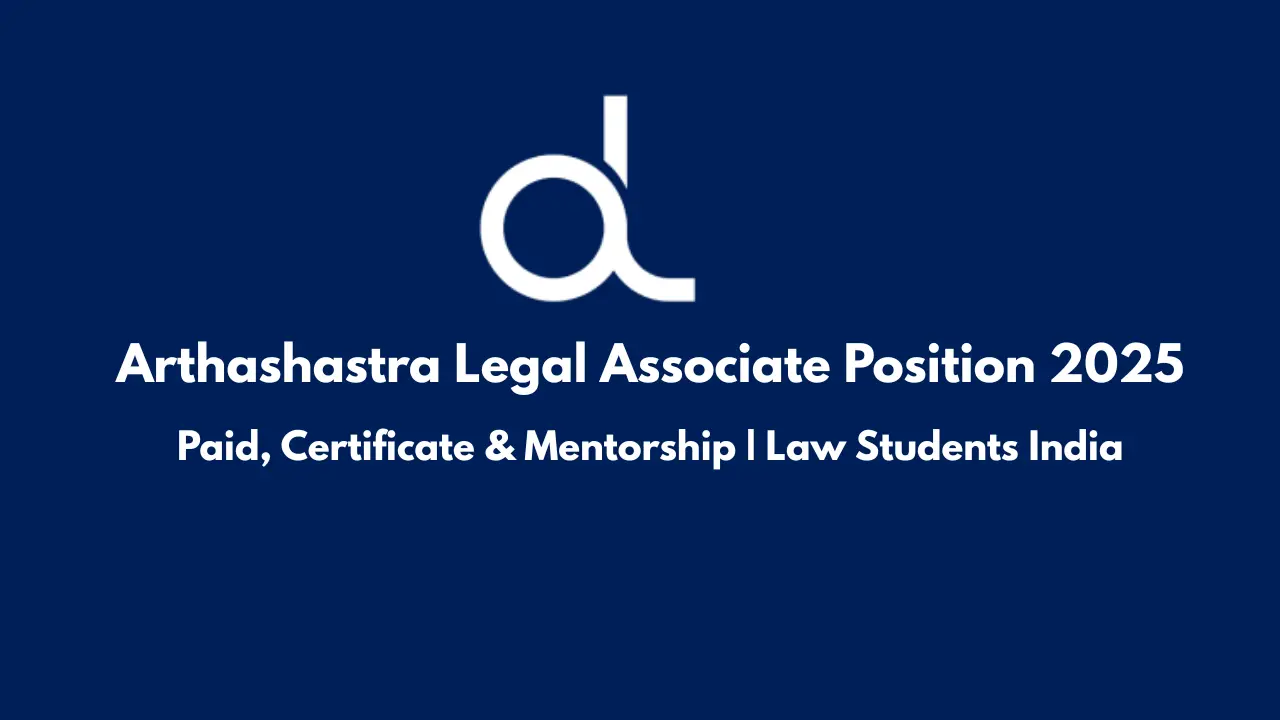You don’t go to cover an investigation and end up fighting off mobs.
But that’s exactly what happened near Dharmasthala on August 6, when YouTubers who were documenting the SIT’s probe into alleged mass burials were assaulted. Police had no choice but to resort to a lathi charge to contain the chaos.
Here’s everything you need to know—without the fluff.
What Went Wrong
A group of YouTubers and their camera person were at Pangala Cross, a few hundred meters from the temple town, filming updates on the SIT’s excavation. They were attacked—mob descended, cameras were smashed, and a vehicle vandalised.
They were rushed to a hospital in Ujire. Thankfully, doctors said the injuries were not serious.
By night, police stepped in. Two groups had clashed, tensions were high, and they used a lathi charge to disperse the crowd. Four YouTubers among the injured are now part of an ongoing investigation.
Why This Matters
This isn’t just about digital creators getting hurt. It’s about what happens when local anger meets shaky legal norms.
Locals accused the YouTubers of spreading misinformation and harming Dharmasthala’s reputation. They blocked the media, not the SIT, from doing their job.
But look at the result: law and order collapsed.
The government’s SIT probe is already walking a tightrope. Now, with physical violence thrown into the mix, credibility—
-and justice are slipping.
Police: Protectors or Pressure Tools?
Later that night, the police did what they always do in rural political flare-ups—crack down without clarity. They launched a lathi charge to disperse both groups. Not because they understood the law. But because they couldn’t control the truth.
Instead of protecting the right to report, they let mob pressure set the agenda. And when things escalated, they swung sticks.
Seven FIRs have been filed, including against the YouTubers themselves. The line between accused and victim is now a blur, just like always in politically sensitive cases.
Truth in Rural India Is a Risk
When people start attacking cameras, you know the system’s afraid of being seen.
And when police start swinging lathis instead of enforcing accountability, the line between state and mob dissolves.
What happened in Dharmasthala is not just about a clash.
It’s about how fragile our legal system becomes when power, faith, and truth collide.
This isn’t a local issue.
This is a warning.
And if we don’t speak now, this won’t be the last.
What the Authorities Are Saying
The CM has said action will be taken “as per law.” Home Minister G. Parameshwara called for a detailed probe into what happened, who lined up for violence, and what their motives were. FIRs are being filed on both sides.
But words don’t cut it when journalists are attacked for simply doing their job.
Final Take
This clash exposes too much:
- The fragility of public order when legal clarity is absent.
- The thin line between free reporting and local backlash.
- The cost of staying silent—both for truth and trust.
Dharmasthala’s secrets may be buried beneath layers of earth. But now, another layer is exposed—the shruggable vulnerability of law enforcement and media in rural India.




